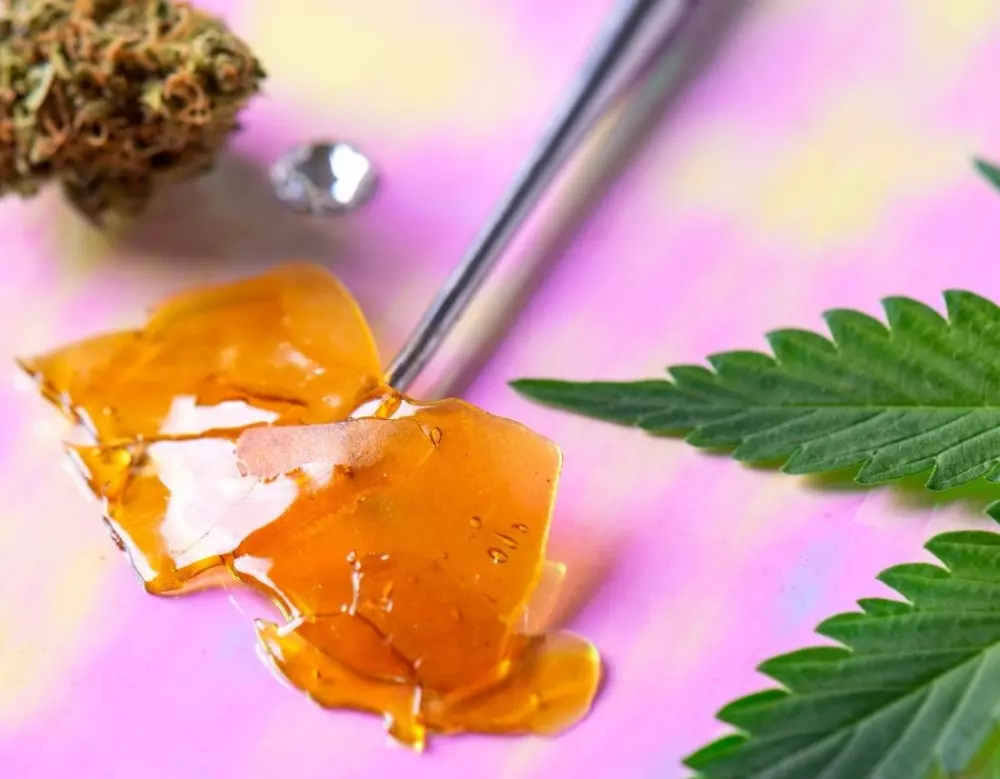These days, more Americans than ever have access to legal cannabis, and with an expanded market comes more ways to consume. Enter stage left, cannabis concentrates. In an industry where cannabis flower has long reigned as queen, in the past few years, concentrate sales have exploded.
In a 2019 report, Zion Market Research found that the cannabis concentrate segment is expected to be worth $13.78 billion by 2026, up from $3.73 billion in 2018. In Colorado alone, concentrate sales increased by nearly 128 percent from 2016-2019, while cannabis flower only saw an increase of 4.4 percent.
We know that concentrates are gobbling up a large share of the marketplace, but what exactly are they? Going by names like shatter, budder, hash, wax, live resin, and many others, concentrates are substances in which cannabinoids like THC and CBD, and terpenes (aromatic compounds found in plants) are isolated for maximum effect.
A Brief History of Cannabis Concentrates
Though cannabis concentrates as we know them today seem like a relatively new method of consumption, people have been consuming concentrates for hundreds, perhaps even thousands of years. The geographic origins of the earliest concentrate production and consumption is unclear; some say Eastern Asia, while others say Egypt, Afghanistan or Lebanon.
Back then, the concentrate-making process was simple and didn’t require the expensive equipment or laboratories used today. In East Asia, the oldest method was to simply rub cannabis flower between the hands to loosen the tiny hairs on the marijuana plant called trichomes, where cannabinoids like THC and CBD are housed. The trichomes were then compressed into Charas (hashish), or small, moldable shapes, usually a small round resembling a cookie on the sheet ready for the oven.
In the Middle East, hashish - the Arabic word for “grass” (sound familiar?) was made by sieving the cannabis trichomes through a screen, in a process known as dry sifting, then processing the trichome powder, or kief, with heat and pressure to form hashish blocks.
Today, labs use specialized equipment to make cannabis concentrates through a variety of methods, including solvent-based and non-solvent extractions. These technological advances have created an enormous variety of products, consumption methods, and consistencies.
Budder, Shatter & Wax: A Glossary
To give us the lay of the land, let’s take a look at some of the most common concentrate terms:
Dabs: Put simply, dabbing is the vaporization and consumption of a concentrate. This consumption method, while economical, also delivers a potent THC kick. Typical potency with flower ranges from 10-25 percent THC, while dabbing can deliver anywhere from 60-80 percent potency.
Shatter: Differentiates itself from other concentrates because of its fragile, glass-like appearance. Also used for dabbing, shatter can vary in consistency and color, usually ranging from honey-colored to dark yellow. Shatter is very potent, sometimes up to 90 percent THC.
Wax: Consumed by dabbing, wax is a common concentrate that is shiny, sticky, crumbly and potent. It may have a milder flavor and aroma than other concentrates.
Budder: Very similar to wax, budder contains more moisture and is more malleable, like a stick of butter. Some consumers spread budder on joints or blunts for added potency.
Crumble: Like budder, but more brittle, with a crumbly consistency and yellow color.
Sugar: As its name suggests, sugar resembles unrefined sugar, but with a wetter consistency. Usually ranges in color from amber to yellow.
Live resin: This concentrate results from marijuana plant material that has not been dried or cured, typically procured by freezing the plant.
Solventless: An extraction process that uses ice to chill flower to extremely low temperatures, though heat and pressure may be used as well. Many consumers prefer solventless extractions because they do not use chemical solvents, and are thought to be healthier than concentrates made from chemical extracts.
Rosin: A concentrate pressed from the entire cannabis flower, resulting in a more solid form of wax
Kief: Even you can make kief! When you grind your flower, the fine layer of powder at the bottom of your grinder is concentrated trichomes, or kief. Consumers often use kief to infuse baked goods or top off joints.
Hash: The most ancient form of cannabis concentrate, hash is pressed kief.
What Consumers Need to Know
Concentrates are not for the faint of heart, especially novice consumers. They are exactly what the name implies: concentrated versions of cannabinoids and terpenes that supersize their effects.
Some concentrates have upward of 90 percent THC. The onset comes quickly, and may last much longer than your average high. Some consumers prefer concentrates because they are less dank-smelling than joints or bowls, and some consumption methods are more portable and discreet. Medical marijuana patients in particular may receive medicinal benefit more quickly and efficiently by consuming concentrates.
Nonetheless, for consumers new to concentrates, the cardinal cannabis consumption rule of “start low and go slow” holds here. Less-experienced concentrate consumers have reported paranoia, rapid heartbeat and hallucinations, so it’s best to ease your way into concentrates if you’d like to explore consumption beyond edibles or flower.
